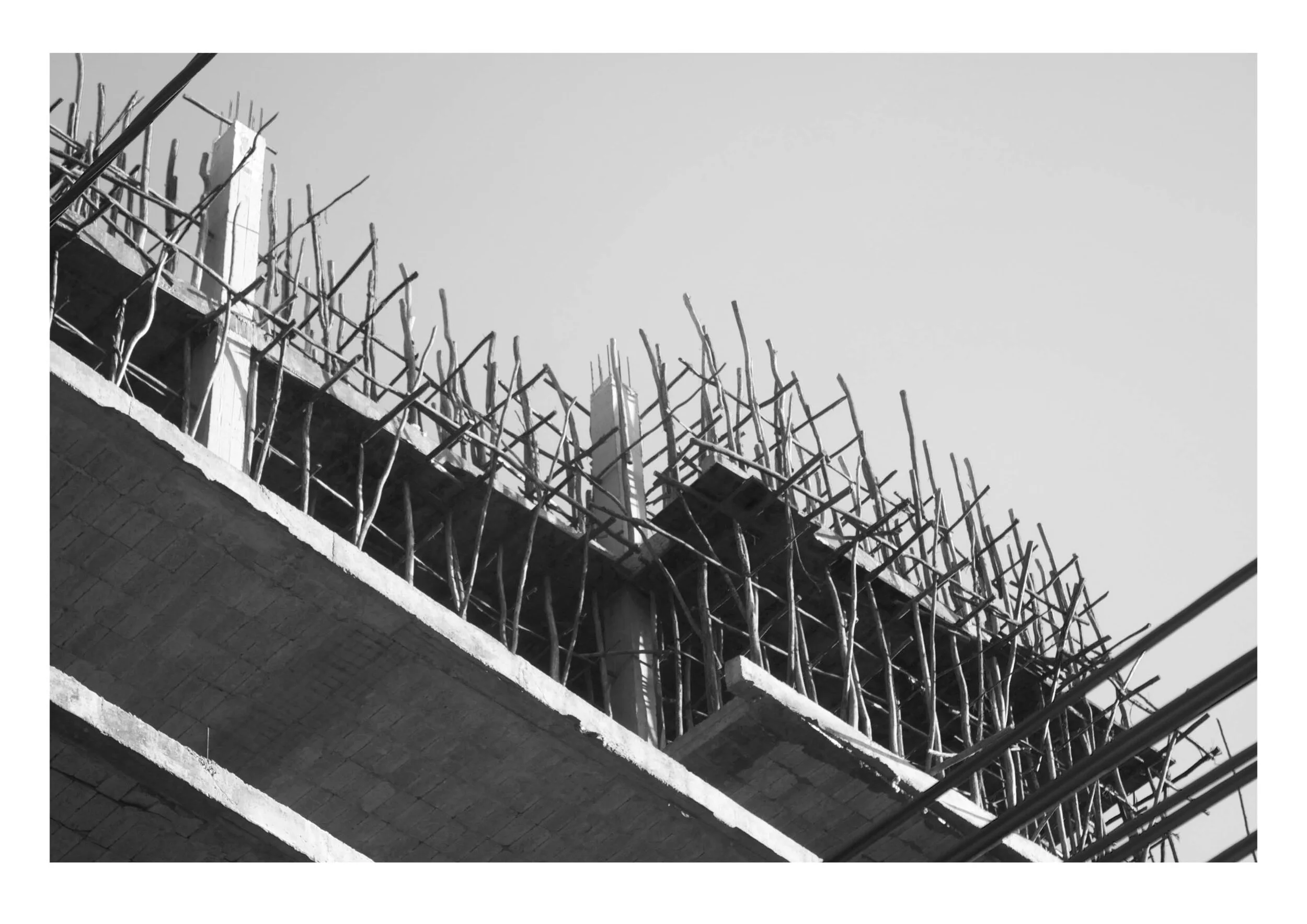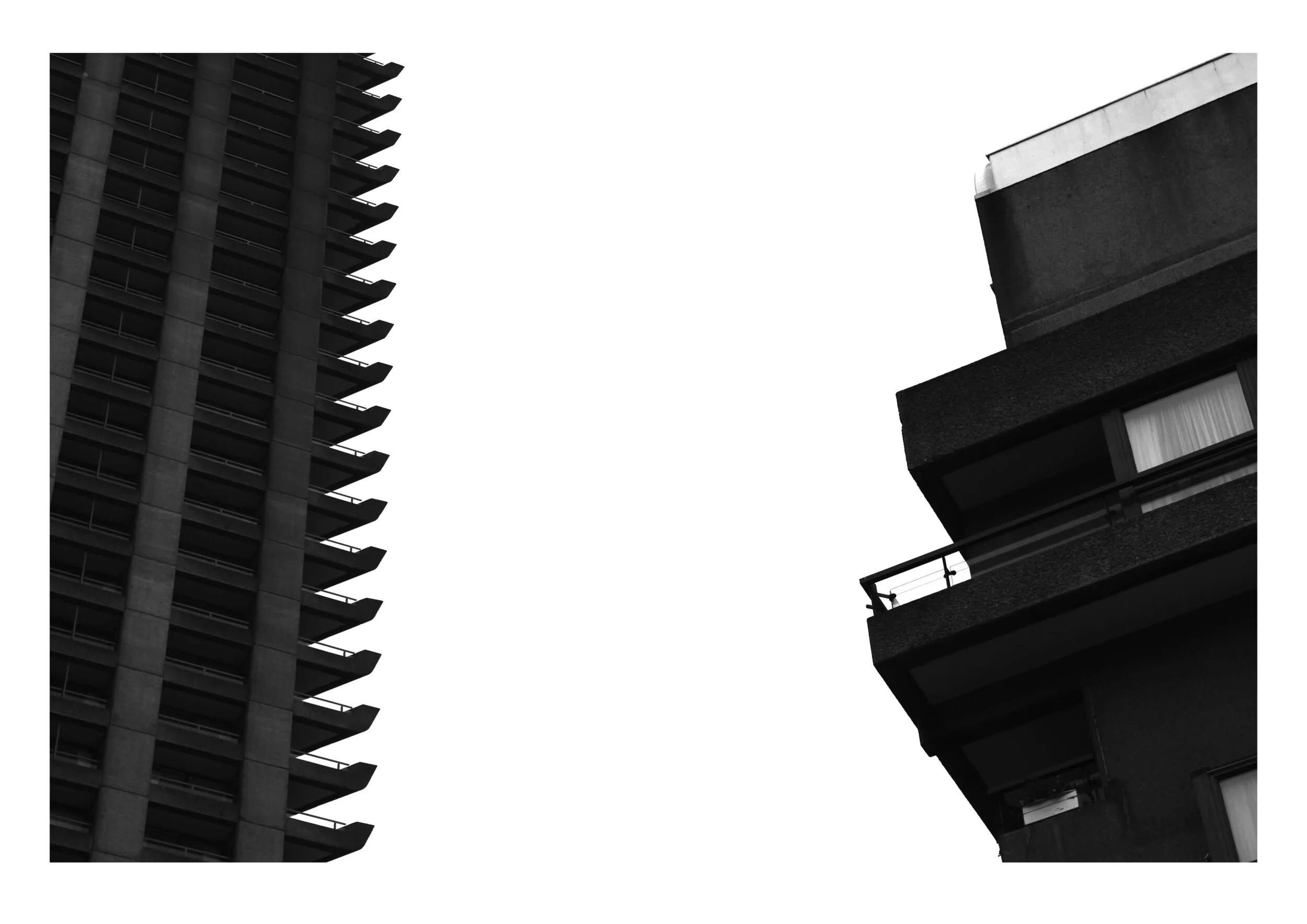The Barbican. Twinned with Addis Ababa.
No. Of course it’s not.
But on a recent trip to Ethiopia, something about the current building frenzy in the country’s capital reminded me of distinct shapes of the Barbican. A pretty flimsy excuse for a blog, I’ll admit, but a good excuse to do something with some of the photos I took. I’ve jumbled them up a bit, but it’s pretty easy to tell which is which.
The building projects came from very different starting points. The Barbican was built to attract people back into the city of London, on a site that had been left almost entirely demolished by bombing during the second world war. Addis is being rapidly built on to accommodate the millions of people already flooding into the city, on sites already containing basic homes, offices, shops and shanty towns
The Barbican complex was designed by architects Chamberlin, Powell and Bon, whose first work was the ground-breaking Golden Lane Estate just north of the Barbican. The Golden Lane Estate was purely social housing, but the Barbican was designed and built for City professionals and their families, with all flats let out at commercial rents by the Corporation of London. It became an entire city plot built from scratch. Designs were finalised in 1959, construction extended through the 60s and 70s, and the complex was officially opened by the queen in 1982.
The growth of Addis Ababa has been extraordinary. In 1974, when Haile Selassie was deposed, its population was estimated to be half a million at most. Today there are somewhere between 3.4 and five million people living in Addis Ababa, and that is expected to double to more than 8 million over the next decade.
Strains on the city’s land have intensified hugely. Addis Ababa has basically run out space. In 2006 the Addis Integrated Housing and Development Plan was created. Modelled on the modernist housing estates that can be found across the post-war west, Addis Ababa’s condominiums indicate the ambition of the Ethiopian government in its efforts to manage the country’s relentless urban growth.
The centre is slowly being cleansed of its poorer residents, freeing up high-value land for the government to lease to private developers. The word gentrification is often used with certain parts of London, but in Addis it is being taken to a whole different level.
Whether it proves to be as successful as the Barbican experiment remains to be seen.














